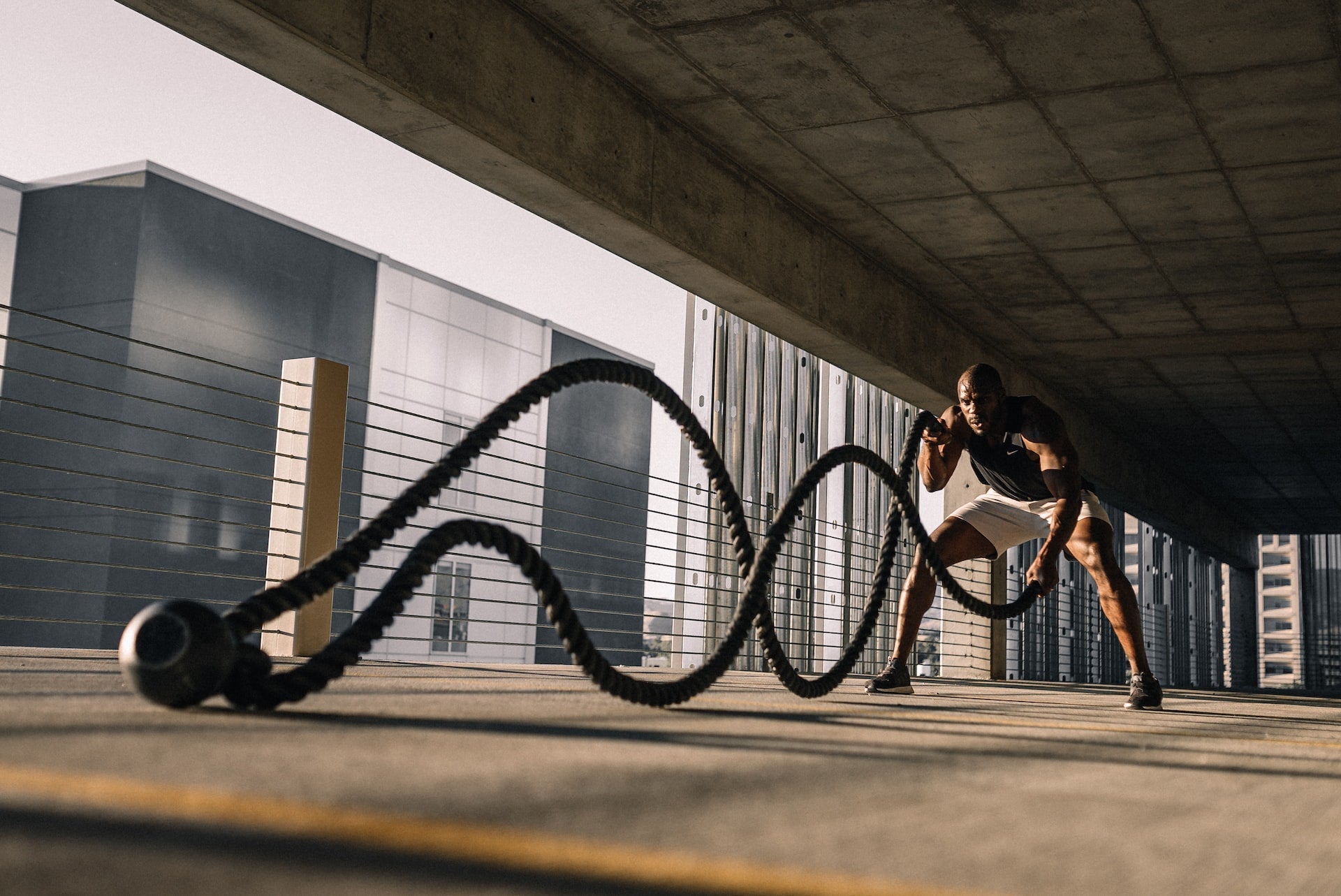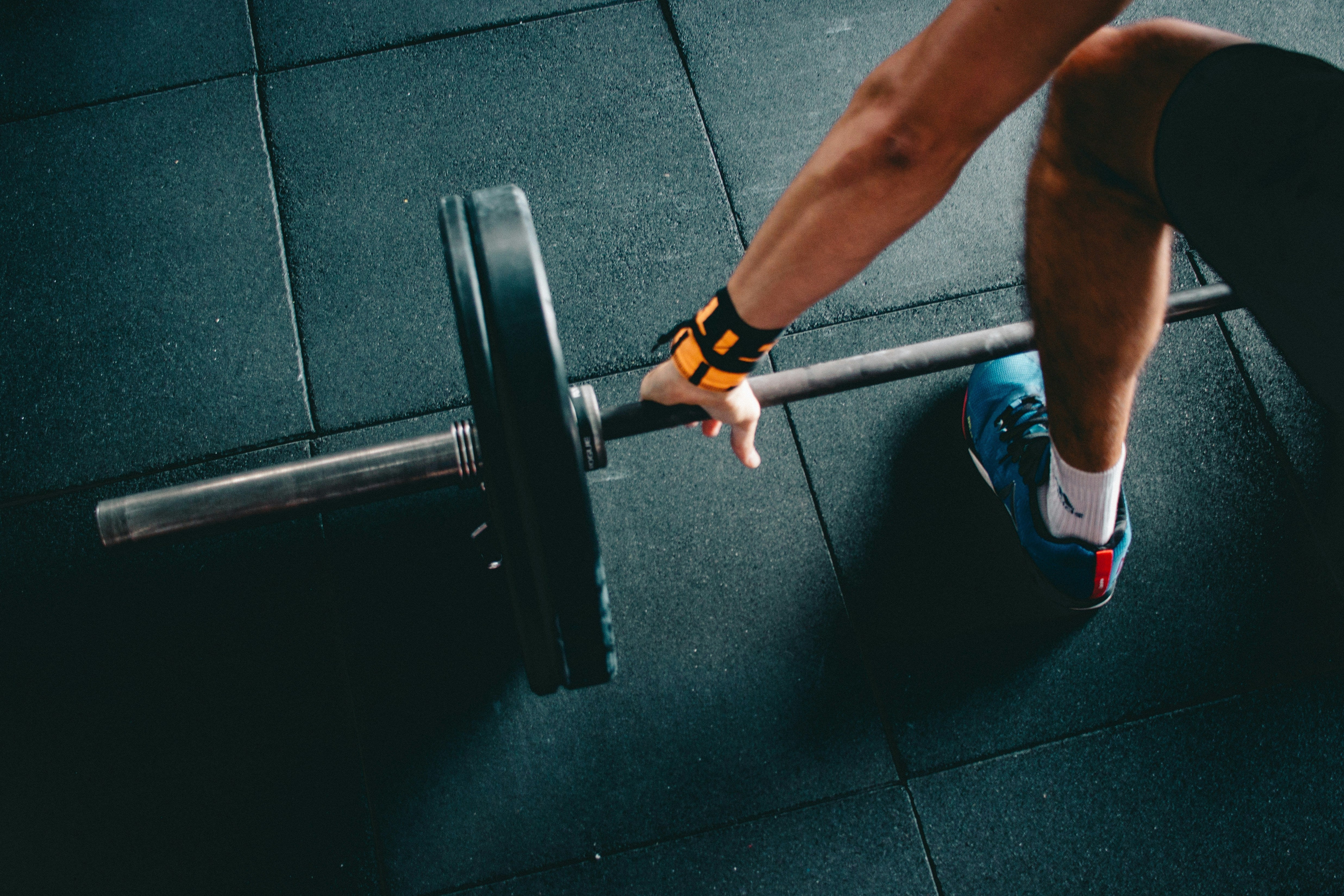
A Minimalist Guide to the Male Anatomy
It is all located in the pelvis, this bowl-like bone structure located on top of your legs, where your hips are. Females have a pelvis too, but the inside mechanics are different, quite obviously.
The pelvis holds the reproductive organs, and a trampoline-like web of muscles make the floor, thus the term pelvic floor muscles.
Pelvic floor muscles are responsible for a multitude of physiological processes, but we will focus our attention on erection and ejaculation. But first, let’s make sure we understand the setup before we discuss the mechanics.


Male pelvic floor muscles are often subdivided into superficial and deeper components, each with particular functions (Source: Raizada V, Mittal RK. Pelvic floor anatomy and applied physiology. Gastroenterol Clin North Am 2008; 37:493, vii.)
The male pelvic floor muscles may be described in terms of 3 layers, progressing from superficial (caudal) to deep (cranial) within the pelvic floor (Source: Drake RL, Vogl AW, Mitchell AWM. Gray’s Anatomy for Students. 2nd ed. London: Elsevier; 2009.)
-
The most superficial layer (the superficial perineal pouch in men) consists of the bulbospongiosus, ischiocavernosus, superficial transverse perineals, and external anal sphincter. These superficial pelvic floor muscles are important in normal urination and ejaculation and contribute to urinary continence. The superficial layer also plays a role in penile rigidity and hardness during erection (Source: Juárez R, Cruz Y. Urinary and ejaculatory dysfunction induced by denervation of specific striated muscles anatomically related to the urethra in male rats. Neurourol Urodyn 2014; 33:437 & Dorey G. Are erectile and ejaculatory dysfunction associated with postmicturition dribble? Urol Nurs 2003; 23:42, 48e52.)
-
The second layer (the urogenital diaphragm) consists of the deep transverse perineals, the sphincter urethrae, and the compressor urethrae. This layer further adds support to urethral closure and helps stabilize the pelvic and lower lumbar joints during movement. (Source: Cohen, Gonzalez, Goldstein. The Role of Pelvic Floor Muscles in Male Sexual Dysfunction and Pelvic Pain Sexual Medicine Reviews, Volume 4, Issue 1, January 2016, Pages 53-62)
-
The third deepest layer (the pelvic diaphragm) extends from the center of the pubic bone (pubic symphysis) to the coccyx and from both sides of the hips (the interior surface of the iliums) (Source: Raizada V, Mittal RK. Pelvic floor anatomy and applied physiology. Gastroenterol Clin North Am 2008; 37:493, vii.). In men, the pelvic diaphragm consists of several muscles including the pubococcygeus (which is composed of the pubourethralis and puborectalis in the male), iliococcygeus, and ischiococcygeus. The pubococcygeus and iliococcygeus are grouped as levator ani, as contraction of this deep layer of pelvic floor muscles serves to elevate the anal sphincter. The pelvic diaphragm is most responsible for supporting the pelvic organs. The tonic activity of the pelvic diaphragm prevents the supportive ligaments of the pelvic organs from becoming overstretched by constant tension (Source: DeLancey J. Functional Anatomy of the Female Pelvis. 1st ed. Philadelphia: Lippincott; 1994.) The puborectalis is also responsible for controlling the anorectal angle, thereby maintaining anal continence when it is contracted, and allowing for evacuation of the bowels when relaxed (Source: Stoker J. Anorectal and pelvic floor anatomy. Best Pract Res Clin Gastroenterol 2009; 23:463) The ischiococcygeus (or simply, coccygeus) does not share functions similar to other pelvic floor muscles (ie, continence, organ support, or sexual function) but is instead responsible for ipsilateral deviation of the coccyx.
Although not officially part of the pelvic floor musculature, the obturator internus is a deep hip external rotator that is anatomically and functionally related to this muscle group. The obturator internus produces hip external rotation when it contracts. The presence of spasm or myofascial shortening in the obturator internus is commonly present with intra- or extra-articular hip pathology and, as will be discussed later, is a contributor to pudendal nerve pathology and sexual dysfunctions associated with pelvic pain in men. (Source: Filler AG. Diagnosis and treatment of pudendal nerve entrapment syndrome subtypes: imaging, injections, and minimal access surgery. Neurosurg Focus 2009; 26:E9. & Popeney C, Ansell V, Renney K. Pudendal entrapment as an etiology of chronic perineal pain: diagnosis and treatment. Neurourol Urodyn 2007; 26:820.)
Finally, pelvic innervation is fundamental to normal male sexual, urinary, and bowel functions. The muscles of the pelvic floor are innervated by sympathetic, parasympathetic, and somatic nerve fibers. The somatic nervous system transmits sensory and motor signals to and from the central nervous system. The autonomic nervous system controls the function of our organs and glands, and can be divided into the sympathetic and parasympathetic systems. The sympathetic nervous system prepares the body for the “fight or flight” response during any potential danger. The the parasympathetic nervous system inhibits the body from overworking and restores the body to a calm and composed state. The 3 types of nerve fibers allow for careful regulation of pelvic floor muscles.
According to numerous studies, for example the one published in the Sexual Medicine Reviews in 2015 which is extensively quoted in this post (Source: Cohen, Gonzalez, Goldstein. The Role of Pelvic Floor Muscles in Male Sexual Dysfunction and Pelvic Pain Sexual Medicine Reviews, Volume 4, Issue 1, January 2016, Pages 53-62):
-
Results: Evidence suggests a close relationship between the pelvic floor and male sexual dysfunction.
-
Conclusion: Pelvic floor physical therapy is a necessary tool in a more comprehensive approach to the treatment of male sexual dysfunction.
Read More: How Does PE Medication Work?



